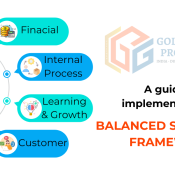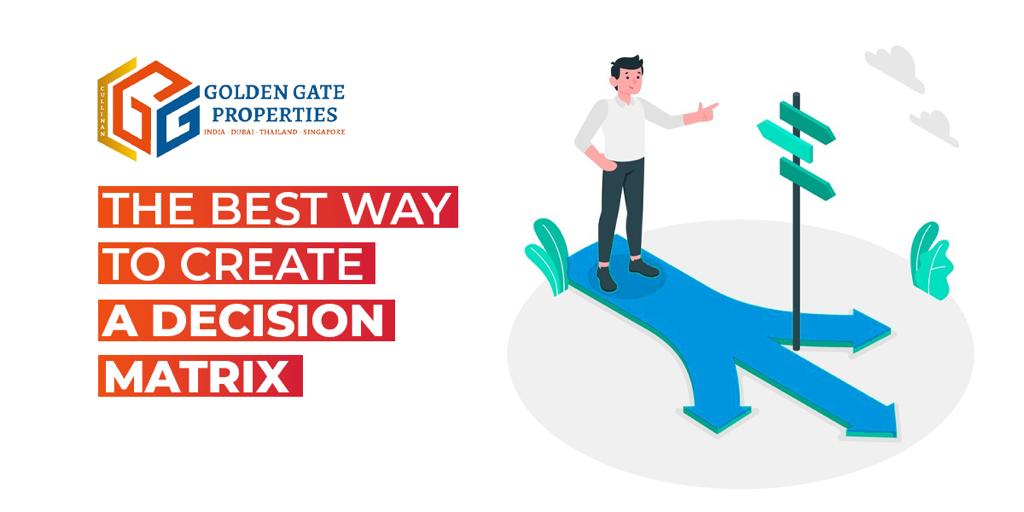
The Best Way To Create A Decision Matrix
Is it difficult to make key decisions in your business? We understand how you feel. The average company leader devotes about 40% of their time to making business decisions—the majority of which is squandered.
Fortunately, we have something that can change the script for any company leader. A decision matrix can help you avoid tearing your hair and save time. (What happens now?)
Stay with us for a few minutes, and you’ll learn:
- What Is A Decision Matrix?
- Why Do You Need A Decision Matrix?
- When Should You Use A Decision Matrix?
- Decision Matrix Example And Framework In 7 Steps
By the end of this article, you’ll understand everything you need to know about how to make the right decision every time.
1. What Is A Decision Matrix?
A decision matrix is a tool for opportunity analysis that evaluates and selects among several possibilities based on weighted criteria. In other words, it is a great tool for weighing the best possibilities, assessing the most relevant elements, and making the appropriate decision based on logic rather than emotion.
A decision matrix may also be referred to as a decision grid, issue selection matrix, Pugh matrix, solution matrix, grid analysis, weighted decision matrix, criterion rating form, or criteria-based matrix.
Apart from having more aliases than a spy, a decision matrix is an effective business tool. The key question is, “How does it work?”
In a nutshell, your team brainstorms essential criteria and assigns weighted ratings to each possibility based on their relative importance. This methodology helps you take a logical approach to determine the best decision (based on the highest score).
2. Why Do You Need A Decision Matrix?
Leaders might get stuck in analytical paralysis, perplexed by 37 half-baked ideas from the previous meeting.
It doesn’t matter how beautiful and colourful your Excel spreadsheet is if you’re still stuck. Finally, you must cut through the confusion and determine the best course of action.
Here are six advantages of utilising a decision matrix.
- Provides additional clarity. A decision matrix replaces several sources of truth with a single one. This structure and clarity in decision-making enable your team to focus and bridge the planning-to-execution gap in real time.
- Improves team alignment. You have a structure in place to keep everyone on track and working towards your organization’s goals. Quite simply, you get fast, impactful action and better outcomes.
- Improves cooperation. Instead of a tiny handful of cult leaders making all major decisions, you offer everyone a say. Everyone in your firm should be involved in making choices.
- Better-informed judgements. The democratic approach to planning and decision-making facilitates more useful employee feedback. You may gather feedback from a variety of sources and generate fantastic ideas from a large number of individuals rather than just a few.
- Faster progress. If you want to keep up with your competition in today’s fast-paced environment, your organisation must move quickly—decision-makers who act quickly and confidently drive innovation.
- High ROI activity. This decision-making tool is a low-cost exercise that can be completed quickly and simply, similar to a decision tree or the Eisenhower matrix. Regardless of its simplicity, it helps you make a quick final decision that makes the most sense.
At its core, a decision matrix is a human-centric approach to business. The pressure is on the problem, not the people—and no one’s left out.
3. When Should You Use A Decision Matrix?
The decision matrix approach is not appropriate for every minor problem you encounter. It works best when you have to choose between multiple comparable possibilities, but it doesn’t work for all decisions.
Assume you’re in charge of a high-profile product launch with short timeframes. As you traverse the complexities of project management, you’re faced with resource allocation decisions—whether to employ your in-house team or outsource some project components. In such a situation, you won’t need to use the multi-attribute utility theory; instead, examine your team’s skills and project needs to inform your project management decision.
If you’re unclear whether the situation deserves this approach, consider the following questions:
- Will we compare multiple, similar options?
- Will we need to eliminate the alternatives to make one final choice?
- Will we need to consider a variety of important criteria?
If you answered “yes” to each of the questions above, a multiple-criteria decision analysis (MCDA), like the decision matrix, makes sense.
This decision analysis framework establishes a baseline to help you make the right choice based on the most critical factors. And you can trust the results of these decisions because, well, you made the rules.
Ultimately, this approach brings you to the most logical choice, so you don’t make choices based on emotion.
Decision Matrix Example And Framework In 7 Steps
If you want to create game-changing innovation, you must begin with a step-by-step plan that makes it simple for your team to make key decisions.
Let’s have a look at a decision matrix example, going through the seven steps:
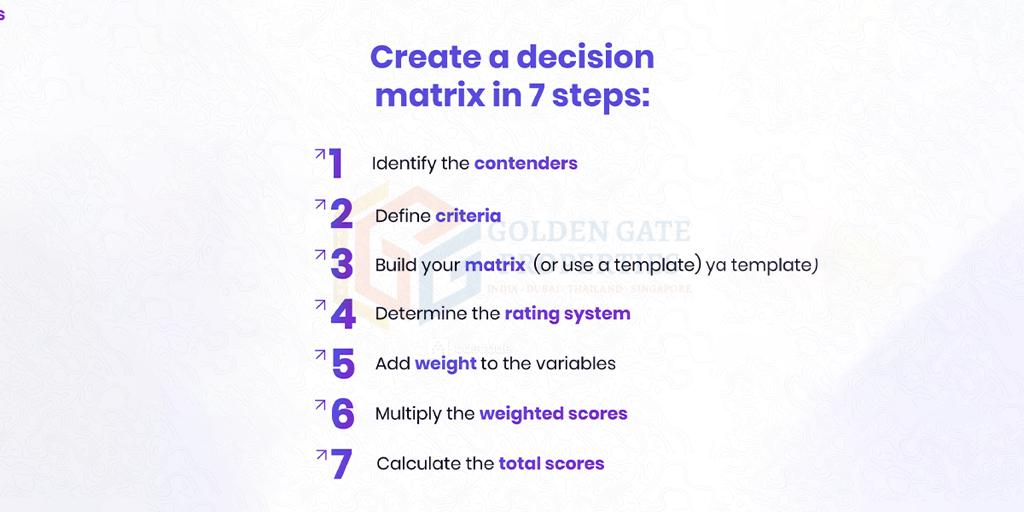
1. Identify the contenders
What is the problem? Who or what are the potential solutions?
It is difficult to transition from idea to execution, thus it is critical to create a baseline of possibilities. As a matter of thumb, keep the list of selections to five so you can focus on the best ones.
For this example, imagine your manufacturing business is about to debut a new product—a cutting-edge, environmentally-friendly electric automobile. In this scenario, suppose you have three battery providers, each with unique benefits in terms of cost, sustainability, and dependability for your cutting-edge electric car production.
2. Define criteria
What criteria will help you judge each option? What will influence the outcome?
When comparing options, you need to know the different factors and determine which of these matters most.
With your three battery suppliers, the initial criteria may include:
- Cost
- Sustainability
- Reliability
- Supply chain resilience
- Technical compatibility
- Warranty and support
By establishing these criteria, you can systematically assess each battery supplier, enabling a well-informed decision aligned with your manufacturing goals.
3. Build your matrix
This is the fun part. Create a decision grid:
The columns indicate alternatives to pick from (e.g., three battery providers) while the rows represent assessment criteria (e.g., cost, sustainability, dependability).
If you make a lot of major decisions—which you most likely do—it might be time-consuming to create a framework from the start each time. The most efficient method to establish a decision matrix is to use a platform that everyone on your team can use at any time.
4. Determine the rating system
When you’re ready, the following step is to create a mechanism for weighing your variables.
If there is a lot of variety between the possibilities, you may create a rating system in which you score each component from 1 to 10; otherwise, a smaller range of 1 to 5 would suffice.
Now, let’s look at the specifications of each battery supplier:
1. EcoCell Batteries Inc.
- Cost (7/10): EcoCell Batteries offers competitive pricing, aligning well with our budget for this project.
- Sustainability (9/10): They pride themselves on their sustainable manufacturing processes and commitment to reducing their environmental impact.
- Reliability (8/10): EcoCell’s batteries have a strong track record in terms of performance and longevity.
- Supply Chain Resilience (6/10): While generally robust, recent fluctuations in their supply chain have raised some concerns.
- Technical Compatibility (9/10): Their batteries seamlessly integrate with our electric vehicle design.
- Warranty and Support (8/10): EcoCell offers a solid warranty and excellent customer support, providing us with peace of mind.
2. GreenPower Solutions Ltd.
- Cost (8/10): GreenPower Solutions offers a cost-effective solution, slightly better than EcoCell.
- Sustainability (10/10): They are pioneers in sustainable battery technology, using cutting-edge environmentally friendly materials and manufacturing processes.
- Reliability (7/10): While generally dependable, there have been occasional issues reported with their batteries.
- Supply Chain Resilience (7/10): Their supply chain has been resilient, but recent disruptions have caused minor delays.
- Technical Compatibility (8/10): Their batteries fit our electric vehicle well.
- Warranty and Support (7/10): GreenPower Solutions provides adequate warranty coverage, but their support can be somewhat slow in addressing issues.
3. PowerMax Energy Corp.
- Cost (6/10): PowerMax Energy Corp. offers batteries at a slightly higher price point.
- Sustainability (8/10): They are committed to sustainable practices, although not as pioneering as GreenPower Solutions.
- Reliability (9/10): PowerMax batteries have a strong reputation for performance and reliability.
- Supply Chain Resilience (9/10): Their supply chain has proven highly resilient even during challenging times.
- Technical Compatibility (7/10): Their batteries require some modification to seamlessly integrate into our vehicle.
- Warranty and Support (9/10): PowerMax Energy Corp. offers an excellent warranty package and top-notch customer support.
Provide enough points on the scale to get specific. But keep in mind if you overthink this part of the process, you probably don’t have clearly defined variables in the first place.
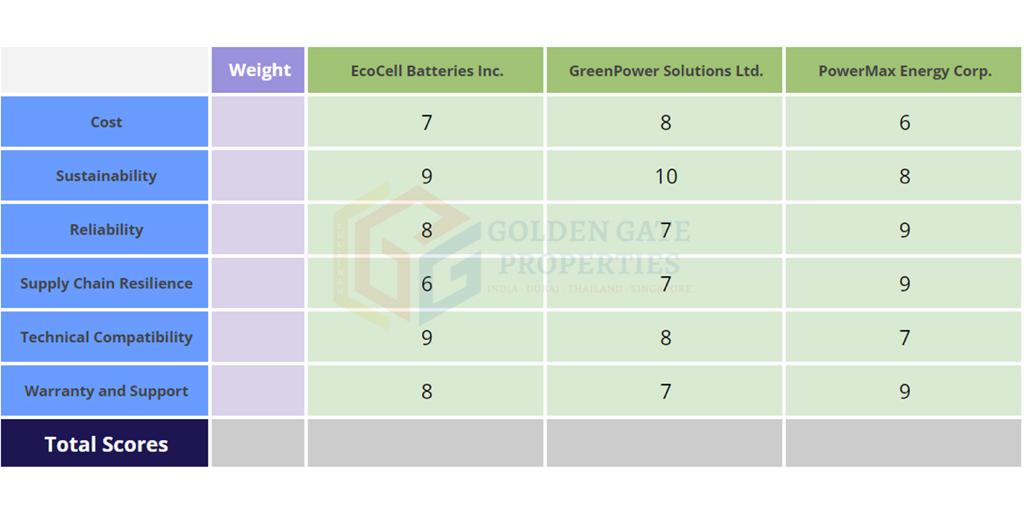
5. Add weight to the variables
It’s now time to add weights to all of the factors, resulting in the potential total scores of your choice matrix. Some factors may be more essential than others, thus they receive a greater weighting factor.
For example, if you’re limited in funds, the budget may be a major problem. So you provide a weight of 5 to the cost variable, however, warranty and support may be less important because you already have an in-house team of specialists, so you allocate a lesser number, such as 3 or 4.
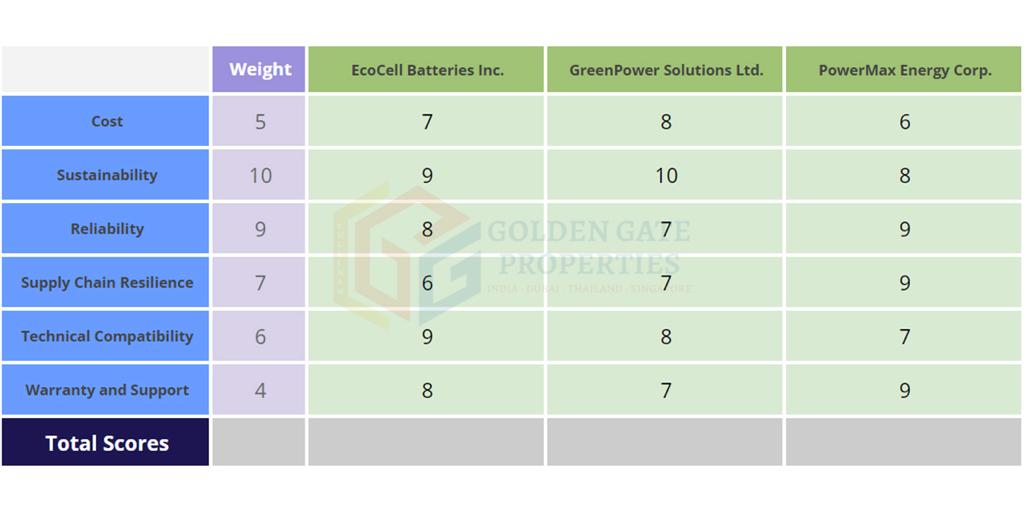
6. Multiply the weighted scores
Once you’ve assigned a weight to each consideration in the matrix and rated each choice, it’s time to add them up.
For each of the three battery providers in our example, we may multiply the weight by each variable.
This strategy guarantees that the most crucial aspects are given priority, allowing you to choose the greatest match for your new product.

7. Calculate the total scores to make the final decision
After multiplying the weighted ratings, total all factors for each choice. We can use this last computation to determine the best of the three battery vendors in our case. At this time, you should have reached a clear, logical decision regarding which is the best option.
Whether you’re comparing alternative delivery routes or looking for the best battery source for your new eco-friendly electric vehicle, a decision matrix may help you make the correct choice.
Approach Complex Decisions With our expert guidance
When you approach complex decisions in your business, you need concrete evaluation criteria, not subjectivity—you must resist the urge to run with emotional impulses and guesswork.
Discover the power of GGP! Contact us today for a discussion with in-house strategy execution experts.



